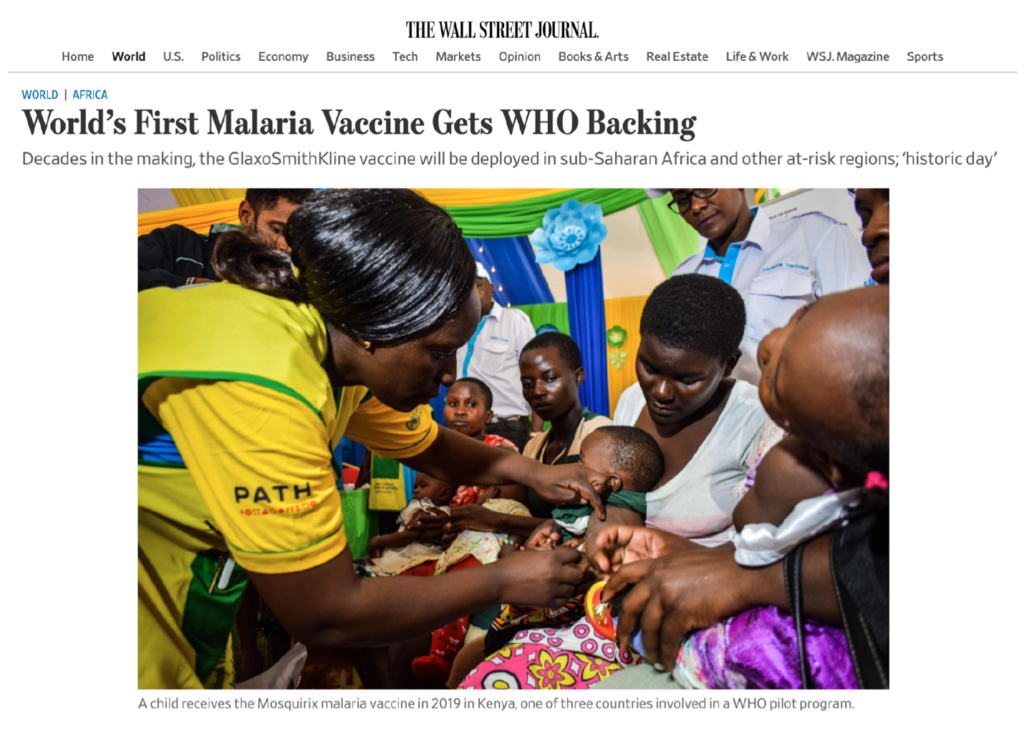Earlier this month, I read Robin Harding’s article in the Financial Times titled, “Human progress stumbles on, pandemic or no pandemic.” It was a good reminder of Steven Pinker’s famous adage “that progress does not mean that everything gets better for everyone, everywhere, all the time. That would be a miracle, that wouldn’t be progress.”
As Harding notes, the COVID-19 pandemic damaged the world economy less than expected. In fact, global output rose by 2.6 percent over the last two years (2020-2021). The Centre for Economics and Business Research now estimates that, for the first time, the world economy will exceed $100 trillion in 2022 – two years ahead of schedule.
While rich countries’ economies remain below their pre-pandemic levels, much of the rest of the world has marched on. Bangladesh, Ethiopia, Ghana, Kenya, and China, to give a few examples, are richer than they were two years ago. That, and the greater impact of COVID-19 on developed countries, means that the shrinking global income gap has declined still further.
Despite the impressive resilience of the global economy, the pandemic slowed and even reversed reductions in absolute poverty. That’s especially true of sub-Saharan Africa, where population growth continues to outpace economic growth. Therefore, instead of the projected 613 million of the world’s population living on less than $2 per day, 711 million people did so in 2021.
Unfortunately, democracy continued its slow decline – a trend that started in 2006. According to Freedom House’s Freedom in the World 2021 report, 75 percent of the world’s population saw at least some decline in democratic decision-making. Similarly, the Cato Institute’s and Fraser Institute’s 2021 Human Freedom Index found that “83 percent of the global population lives in jurisdictions that have seen a fall in human freedom since 2008.”
These findings come as the world remembers the 30th anniversary of the dissolution of the Soviet Union on December 26, 1991, and the flourishing of human freedom that followed. But how long will this memory last?
In 1967, Ronald Reagan noted that “Freedom is a fragile thing and it’s never more than one generation away from extinction.” It is, perhaps, no coincidence that as the memories of the Cold War, communism, looming nuclear annihilation, and military dictatorships disappear, a new generation of voters tends to value freedom a little less than the previous generation did.
Historians, the American scholar Joel Mokyr noted, talk of “technological progress” and “political change.” That’s to say that when it comes to technological innovation, the sky is the limit. By building on previous market-tested knowledge, humans create and benefit from new inventions like mRNA vaccines, electric cars, and 3D printing.
And whilst technical and scientific knowledge has disappeared before – just think of the Dark Ages that followed the collapse of Rome in the West – it is difficult to imagine our vast knowledge, dispersed in countless libraries and hard drives, doing so again.
When it comes to politics, however, our horizons are limited by human nature. While freedom, as this website explains daily, may be the most beneficial way to organize a society, our propensity toward tribalism, zero-sum thinking, and bouts of mass irrationality often drives us into the hands of illiberal demagogues.
With yet another year of mixed blessings coming to an end, try to remember the good stories alongside the bad ones. And don’t worry if you forget. We will always be here to remind you of human progress.


